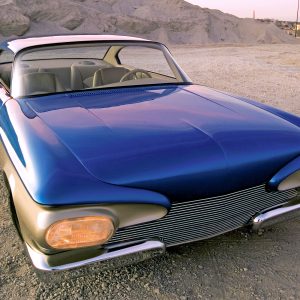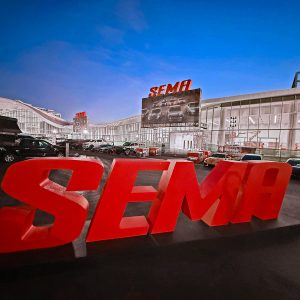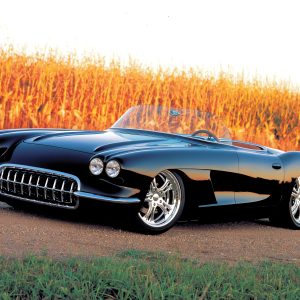Exterior
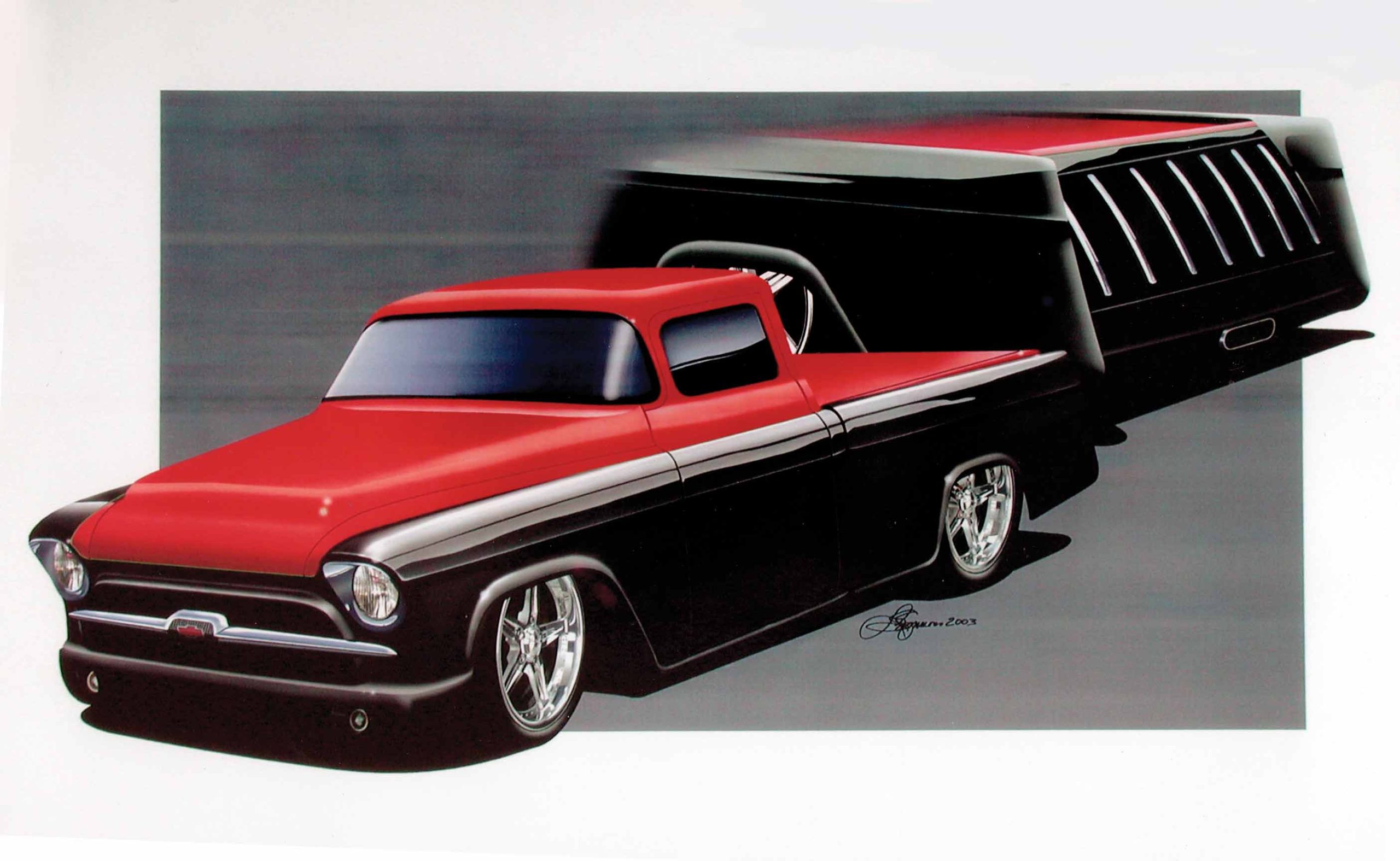
In this detailed account, the Cimbanin brothers at Cimtex Rods in Jarrell, Texas, tackle the complex task of chopping and restoring a ’56 Chevrolet Cameo roadster. This article delves into the nuances of custom truck modification, from aligning door frames to adjusting the roof profile, highlighting the meticulous approach and expertise involved in such a project. Learn about the challenges and techniques of customizing classic trucks, as demonstrated by the award-winning craftsmanship of the Cimbanin brothers.
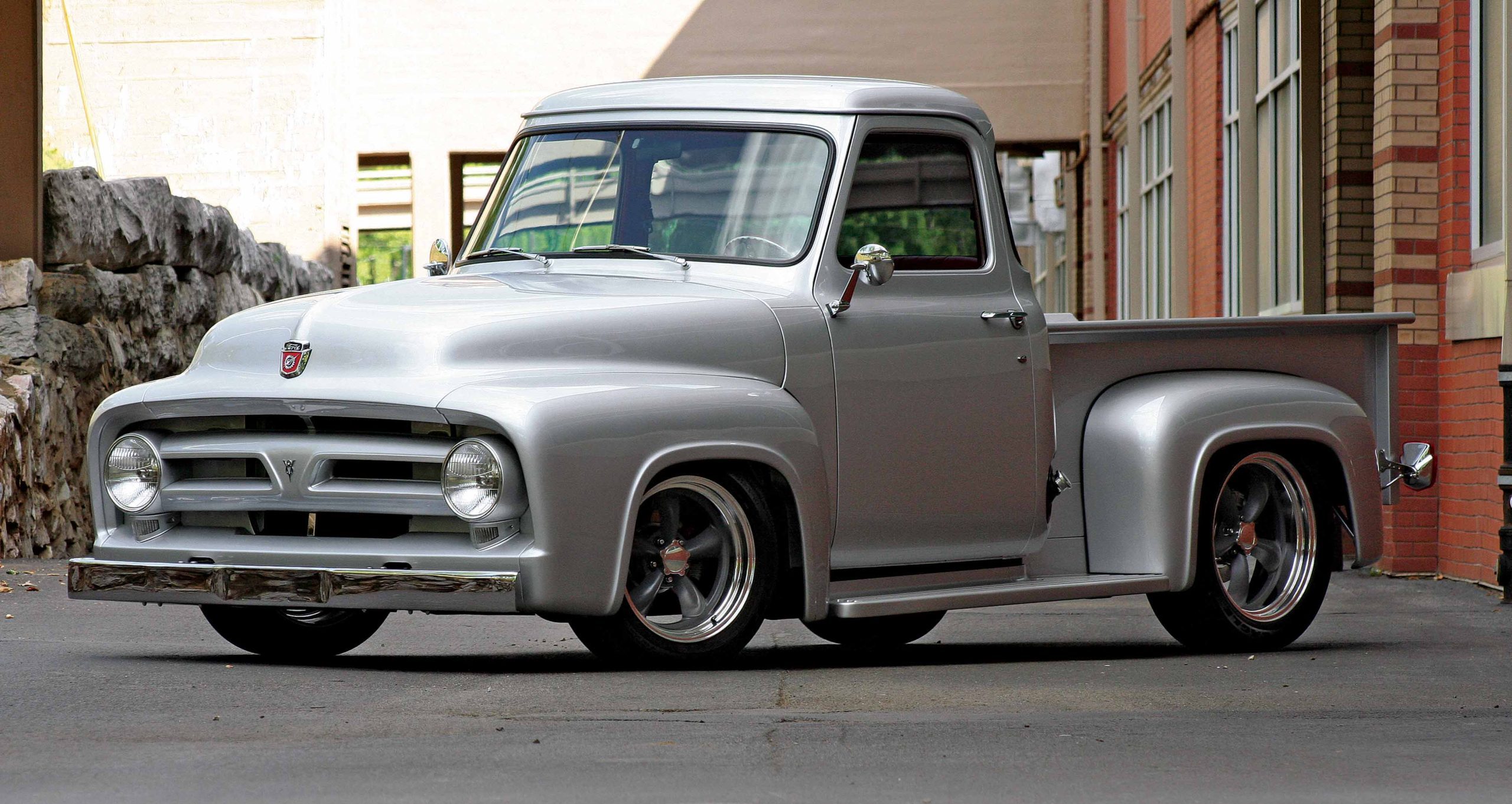
Longtime classic truck enthusiast Mark Coleman has built countless classic cars and trucks over the years, including a trio of early Mustangs, a ’56 F-100 Ford panel truck and a ’55 Ford SuperCab, which have graced these very pages. When it came time to build another truck, Coleman took a long, hard look in his own backyard and decided that his old ’53 F-100 would be the prime candidate.
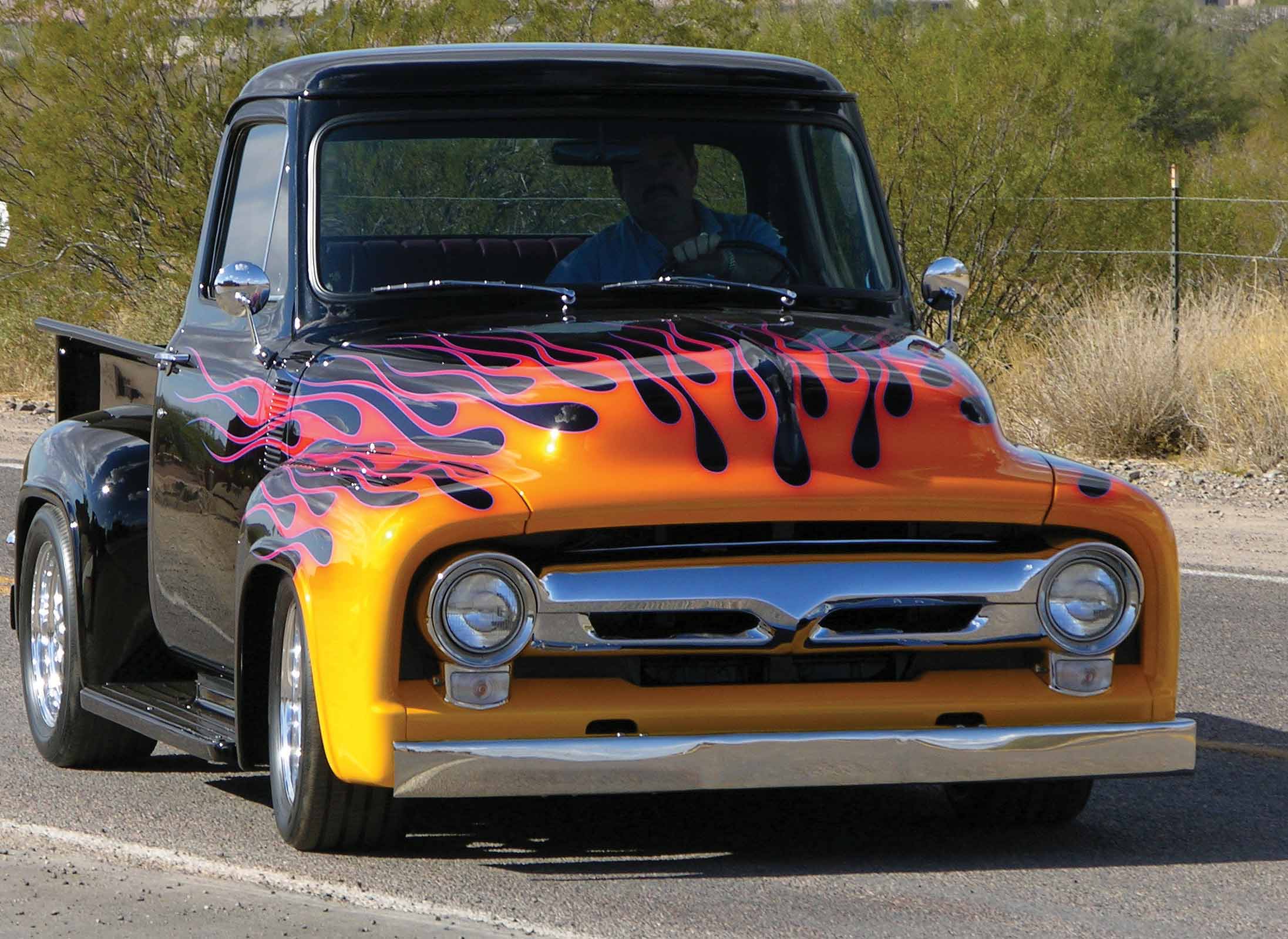
The pictured F-100 is a 1954 model, and it was purchased by Carl and Marianne Lewis from Milwaukie, Oregon, in 1992. The truck had seen better days, as it had been sitting out in the elements under an awning next to a storage shed. In primer, and with a transplanted 289 small block, the truck was partially disassembled as it sat on four flat tires. It had not been moved for some 10 years. Mel Nichols was hired for the much needed makeover, which took 3-1/2 years to complete.
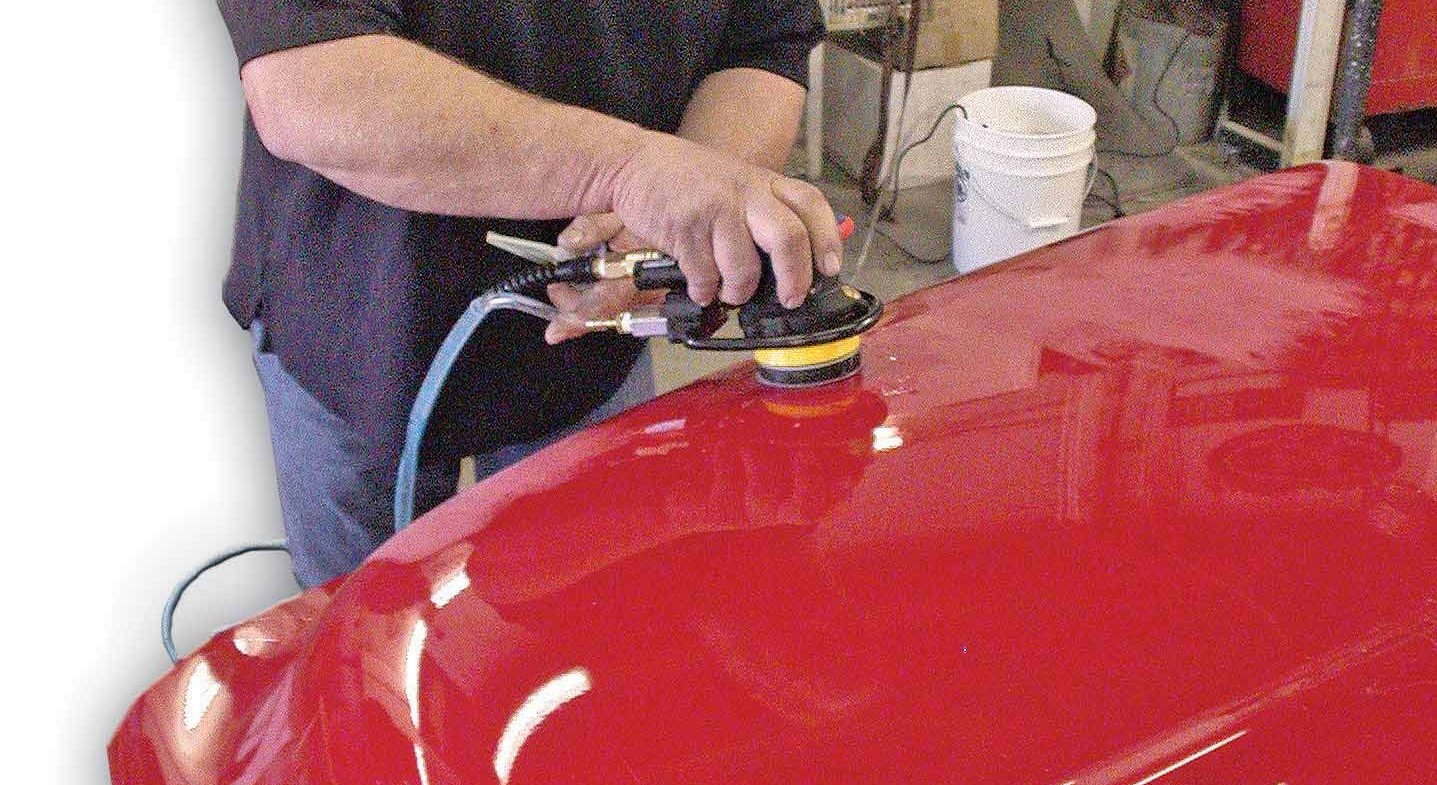
Now, it may seem crazy that anyone would take sandpaper to a new paint job, but if you want to have a glass-like finish that is exactly what happens. Of course, it is special sandpaper, and the person doing the work needs to know exactly what he is doing or that paint job can be toast. One of the things that makes color sanding possible is that the paper used is meant to be wet while the job is taking place. The water not only works as a lubricant, but it also removes the fine paint sludge from the area. The problem is getting that water in the proper place and having enough of it to do the job. After all, who really likes sticking his arm into a cold bucket of water time after time?
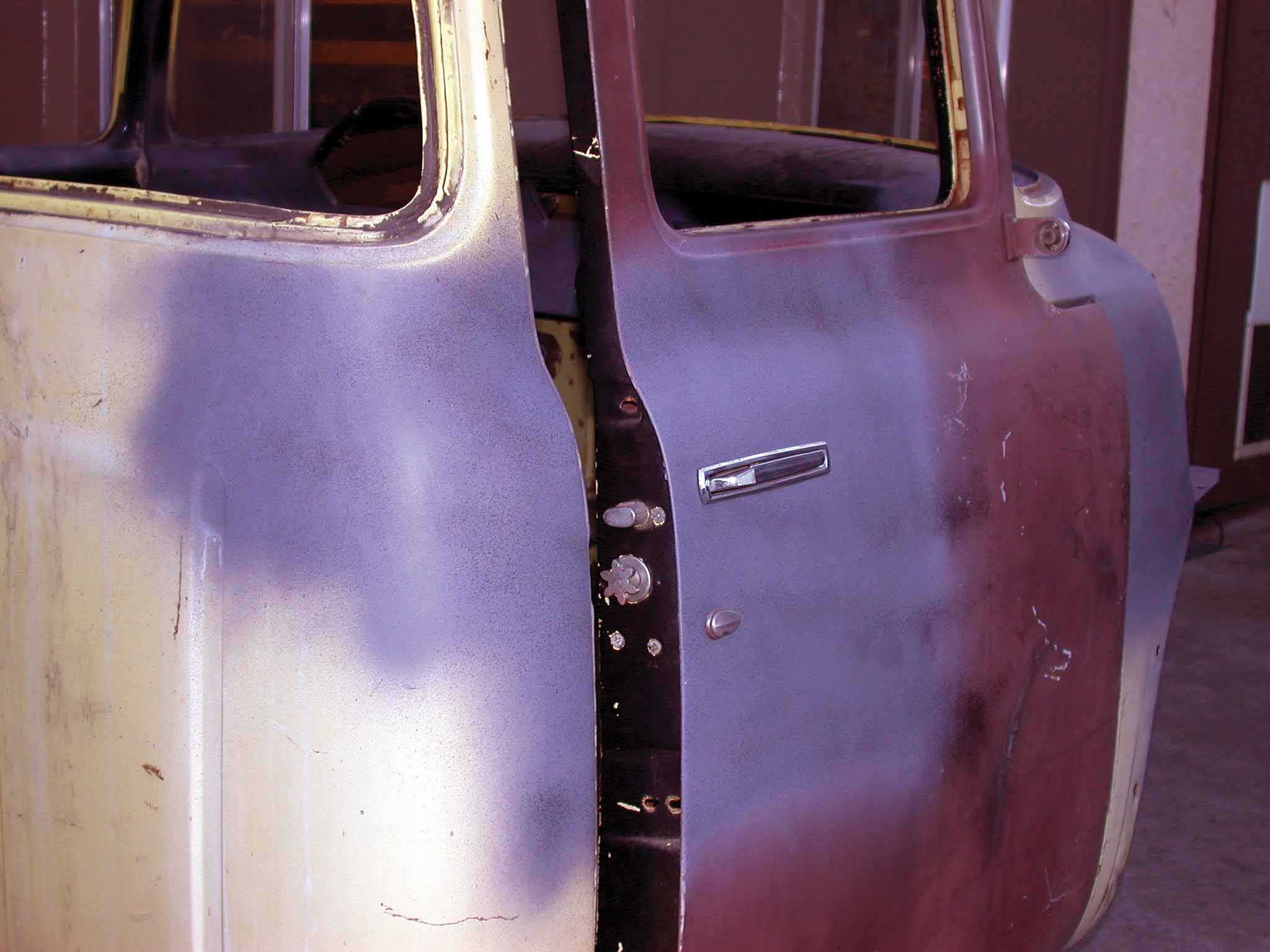
Before the advent of the “smoothie look,” people were slicking down the lines of their cars and trucks in numerous ways, and shaving door handles was one of the more popular mods. Today the trend is to fit later-model door handles rather than no door handles at all. This still provides a simple way to clean up your vehicle with very little effort, yet retains the convenience of manually opening the door. If you have the patience, talent and imagination, you can borrow the parts from a donor car or truck and fit them to your own project, thereby achieving a cool, smooth look that will be unique to your vehicle.
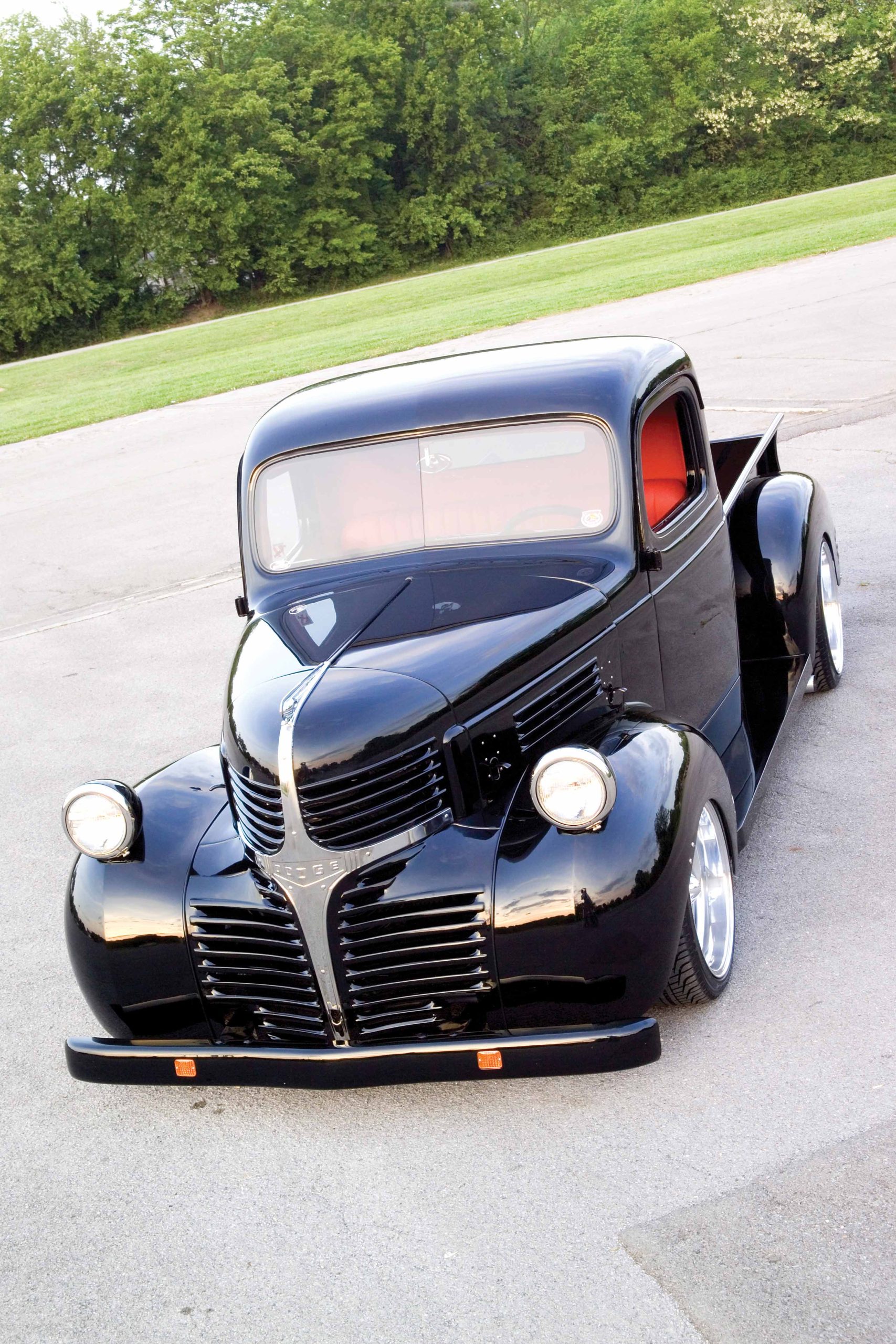
Witness the evolution of a 1947 Dodge pickup from its days as a humble farm truck to a head-turning street rod. Delve into the meticulous customization, from the Ford 351 Windsor engine to the Air Ride suspension and red leather interior, that elevates this Dodge to a league of its own.
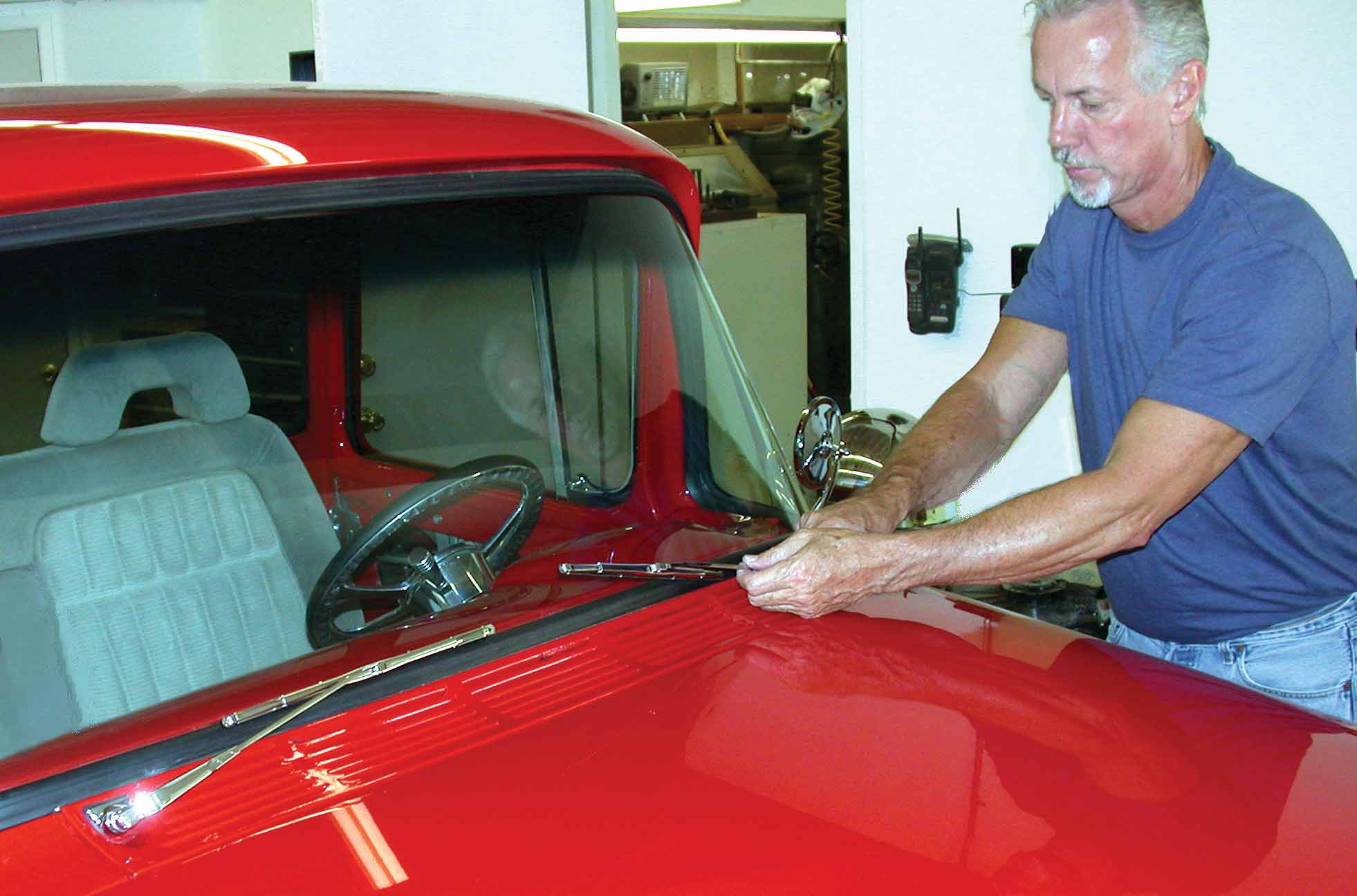
Discover the convenience and necessity of adding Specialty Power Windows’ electric two-speed wiper kit to your ’55 GM truck. Say farewell to the challenges of sourcing and rebuilding old wiper parts and welcome the simplicity and reliability of aftermarket solutions. Precision Street Rods & Machines provides a step-by-step guide for an effortless weekend installation.
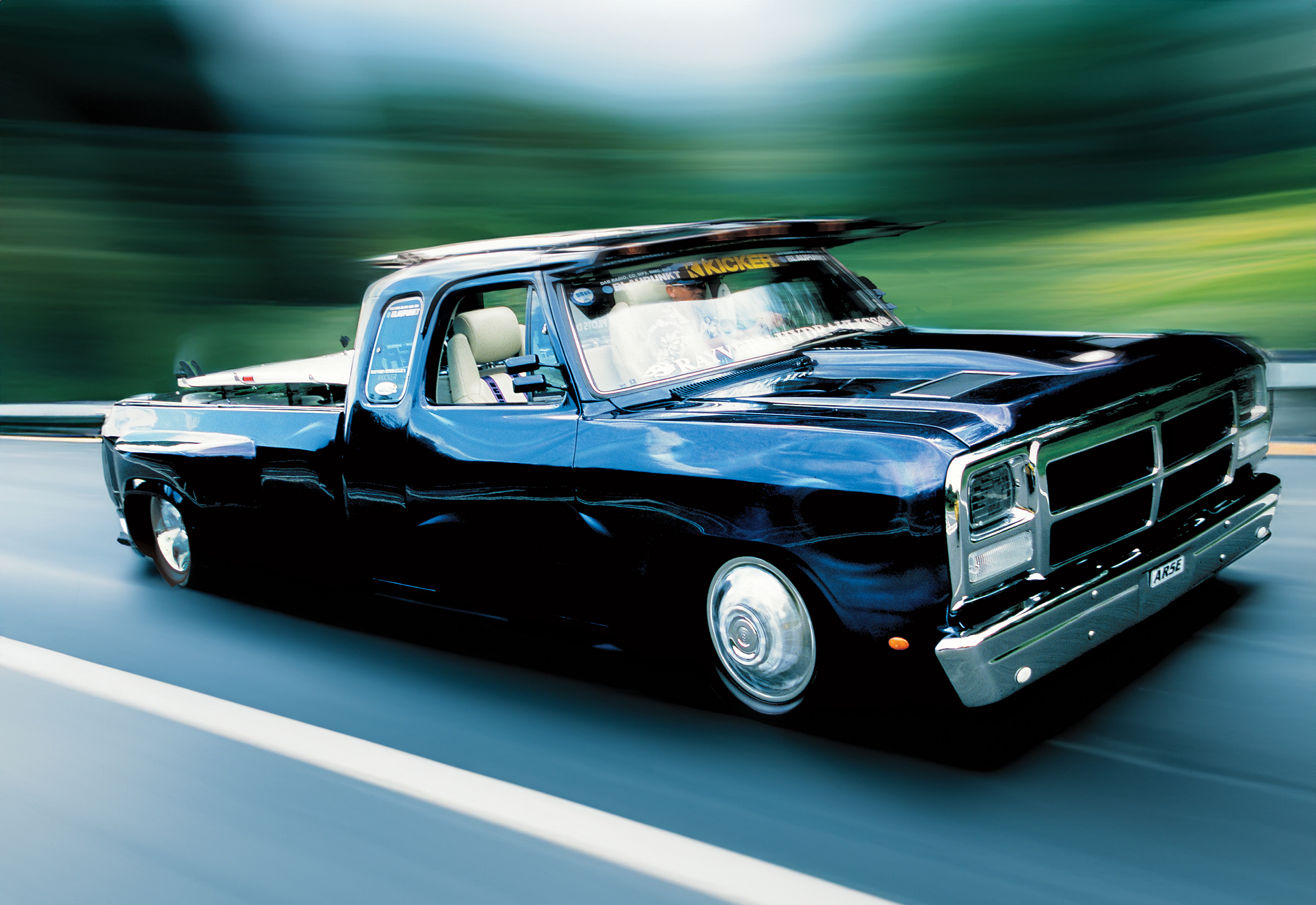
Pawl Shanley’s 1985 Dodge D350 dually isn’t your average pickup. This British truck has been transformed into a show-stopping masterpiece with an air suspension that lets it kneel at the pavement, a BMW Montreal Blue paint job with intricate marbleizing, and a custom interior by Aerotrim, a company that usually specializes in aircraft. Despite the challenges of modifying such a large vehicle, Shanley’s vision has resulted in a truly unique and impressive truck that stands out even in a country known for its Minis.
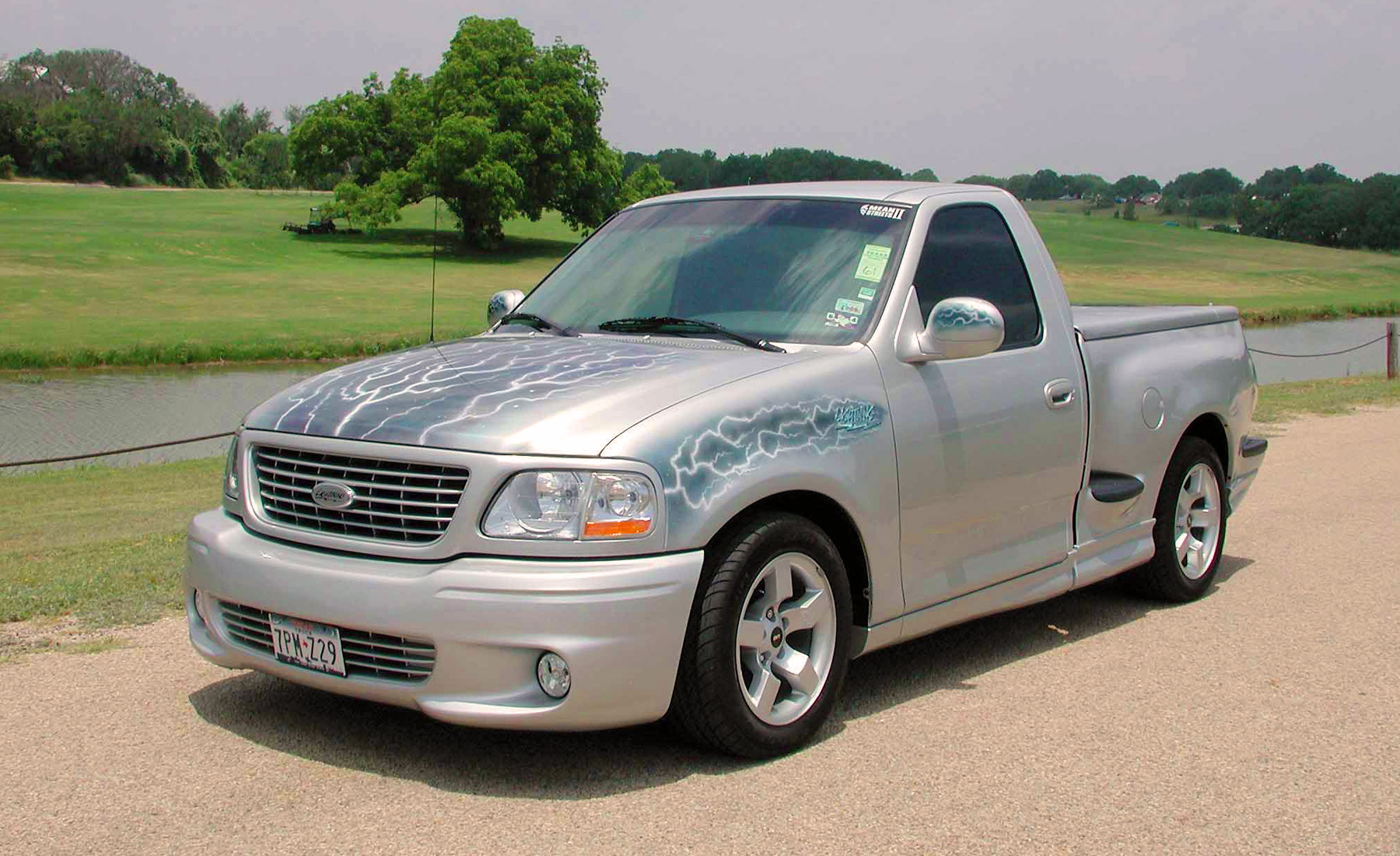
From showstopper murals to Nitrous Express-fueled speed, Darren Pellechia’s 2002 Ford SVT Lightning lives up to its name in every way. Don’t be fooled by the lowered stance and sleek custom bodywork – this truck packs a punch under the hood with a 75hp nitrous system and tuned Eaton-supercharged engine. Inside, Von Otto murals and premium sound complete the package, making this Lightning a true masterpiece on wheels.

Many believe that the ’70 Chevelle is the best-looking muscle car ever built. The new bulges on the sides give the car a meaner appearance, and this was the first time that a mid-size car could be ordered with a cowl-induction hood and stripes on the hood and trunk.









